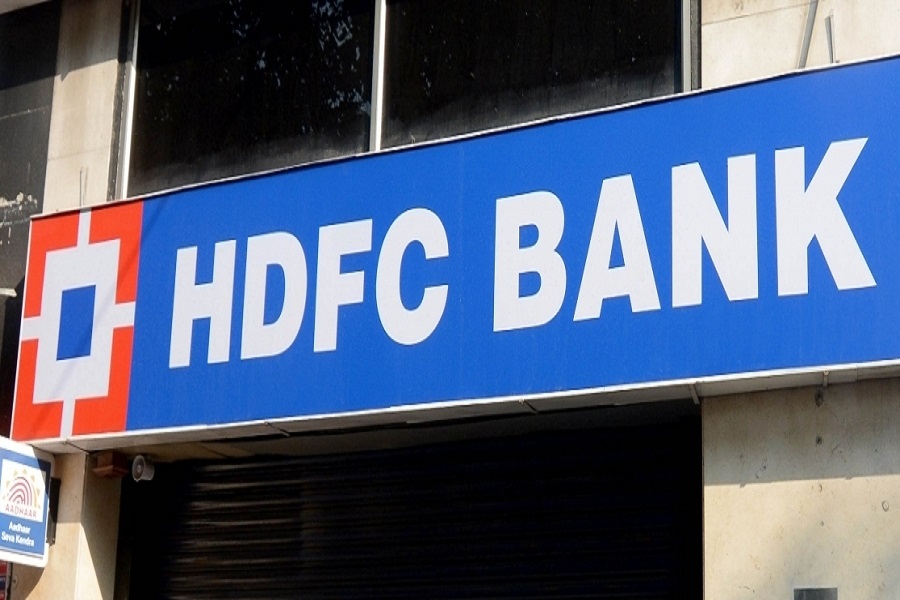Consumer Sector Update : A needed booster for consumption revival by Motilal Oswal Financial Services Ltd
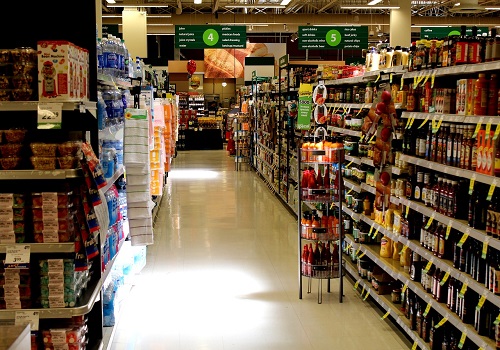
A needed booster for consumption revival
The Union Budget 2025-26 was primarily focused on reviving consumption by providing tax relief to address stress on the middle-income class. The income tax exemption limit has been raised from INR0.7m to INR1.2m (under the new regime). This is expected to reduce the tax burden on consumers, offering benefits ranging from INR0.08m-INR0.1m per annum. It will result in INR1t savings for taxpayers, providing a much-needed booster to drive consumption, which has been under pressure. Rural consumption has already started seeing a revival over the past six months. However, urban consumption has been moderating, leading to an overall decline in consumption for both essentials and non-essentials. Some quick measures were expected in the budget, and this tax-saving booster appears to be the perfect remedy for revival. The tax savings of INR1t are significant, considering that the GOI’s total budget on rural spending is INR5.6t for FY26BE (Exhibit 4).
Unlike temporary freebies/welfare schemes, tax savings offer: 1) immediate relief; 2) no fund leakages and cost of operations; 3) encouragement for taxpayers; 4) longterm savings assurance that fosters sustained consumption sentiments; and 5) support for the middle-income group. Although tax savings can be used for various means, given that consumption weakness persists even for essentials (more visible in urban areas), the first priority can be for essential products. FMCG fits perfectly which not only can see first consumption priority, but their growth trajectory has also experienced significant growth arrest between FY23-25E. Some companies have seen a 200-400bp deceleration in growth vs. their own trajectory during 2013-2023. Both growth assumptions and valuations have undergone corrections, which are likely to see improvements following the booster. Besides, the QSR sector, which has faced significant pressure on earnings over the last two years, is expected to experience some relief. While we previously held a cautious view on QSR, we have now changed our view to positive. Our outlook on jewelry and innerwear remains positive. Paints, we maintained our neutral view considering the slow industry growth and rising competition. We will continue to evaluate this as the year progresses. The budgetary benefits will not see an immediate growth recovery, we expect a sequential improvement in the coming quarters. Our top picks are HUL, GCPL, Dabur, PAGE, Titan, and PN Gadgil.
Why this could be a significant boost for consumption
Essential products have experienced a deceleration in growth over the last twothree years, primarily impacted by the bottom of the pyramid consumption. FMCG companies have struggled over the last two to three years (FY23-FY25), with their growth rate slowing by 200-400bp vs the period from FY13 to FY23. Non-essentials (QSR, innerwear, paints, etc) have also seen a moderation in growth, though we expect revival in these categories too. We believe that the tax savings will provide middle-class households with increased disposable income. According to ITR filing data for AY23-24 (Exhibit 3), 85% of the tax payers earn up to INR1.2m, with ~30% set to directly benefit from the increased tax exemption limit, particularly the salaried professionals and small business owners in urban and semi-urban areas.
Tax cuts vs. freebies: Why tax relief is better for consumption growth
The government often provides financial relief through tax exemptions or welfare schemes (freebies), but their impact on consumers differs. Tax exemptions or cuts have a positive effect on the economy: 1) they put more money in people’s hands, naturally leading to increased spending, especially on branded and discretionary goods; 2) No additional government spending required, making it a sustainable policy, and 3) Encourages economic growth, as consumers have more flexibility in how they use their income. On the other hand, freebies (Subsidies, cash transfers, free goods) are primarily allocated to essential needs like food, electricity, and fuel, resulting in a limited impact on incremental spending on consumption. Furthermore, these measures do not drive premiumization, as consumers tend to focus on affordability over upgrading their purchases. Tax exemptions are generally more effective in driving demand since they encourage broader consumer spending, rather than just subsidizing necessities.
Listed consumer universe revenue vs. INR1t tax saving: The revenue tax savings of ~INR1,000b will boost disposable incomes, driving higher spending across the essentials (FMCG, groceries, personal care) and discretionary (QSR, jewelry, fashion, premium products) categories. With the listed consumer universe (ex-apparel, consumer durable) generating revenue of INR4,400b in FY24, even a partial redirection of these savings can accelerate growth. Compared to rural welfaredriven consumption, tax savings for the middle class are expected to have a greater impact on the listed consumer universe (more preference of branded products). Middle-class consumers are the target users for these companies in the mid-mass segment.
Income tax filing user profile: ~85% of taxpayers fall in the average income range of INR1.2m or below: Based on the income tax filing data for AY23-24, ~85% of taxpayers fall within the average income range of INR1.2m or below. Of this, ~30% earn between INR0.7-1.2m and are actively paying taxes. With the proposed tax slab revision, these individuals will directly benefit and could drive higher consumption (mass to mid-premium segment), contributing to economic growth. Additionally, the remaining 15% of taxpayers earning above INR1.2m will also benefit from tax revisions, with savings of up to INR0.1m. This could lead to increased spending on premium products and services
For More Research Reports : Click Here
For More Motilal Oswal Securities Ltd Disclaimer
http://www.motilaloswal.com/MOSLdisclaimer/disclaimer.html
SEBI Registration number is INH000000412
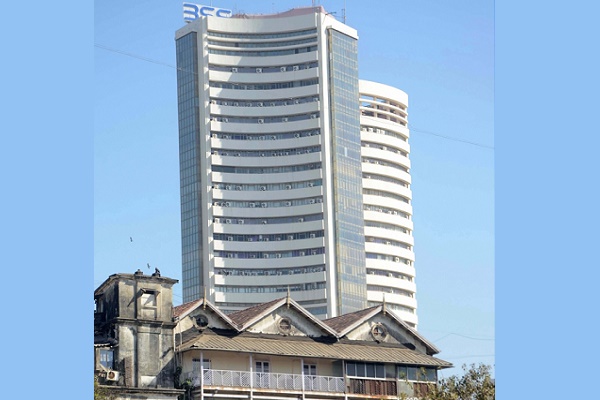

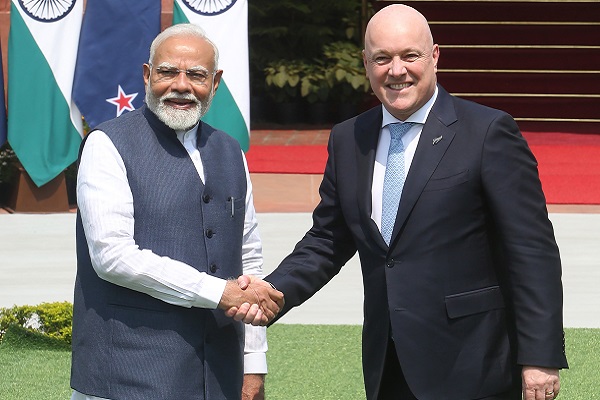




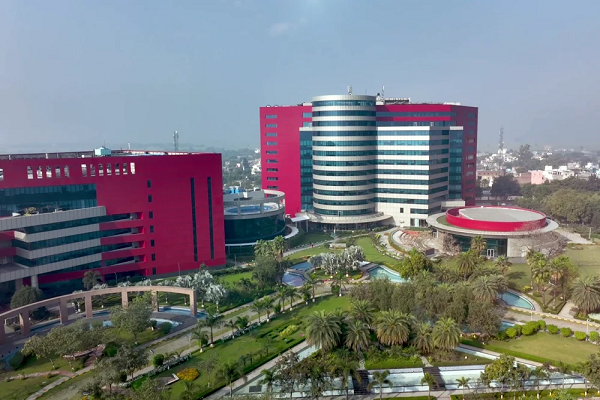
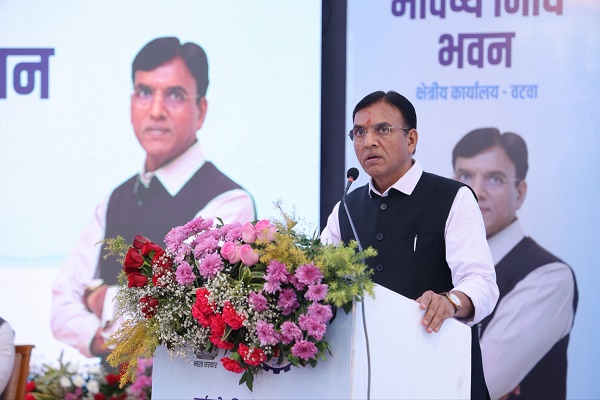
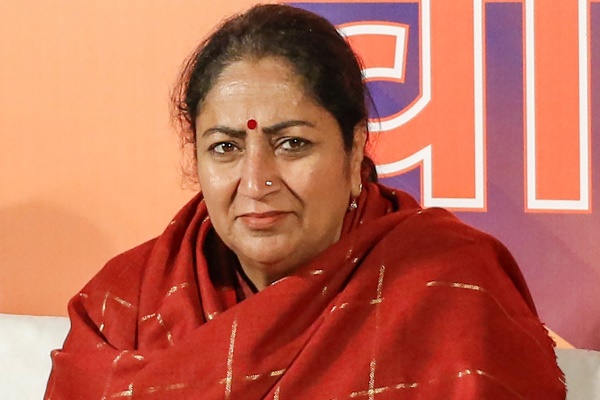
Tag News

Chemicals Sector Update : Crop & Chemical Dashboard: Farm economics under pressure by Kotak ...



More News

Automobiles Sector Update : Demand remains subdued in most segments except tractors by Motil...









